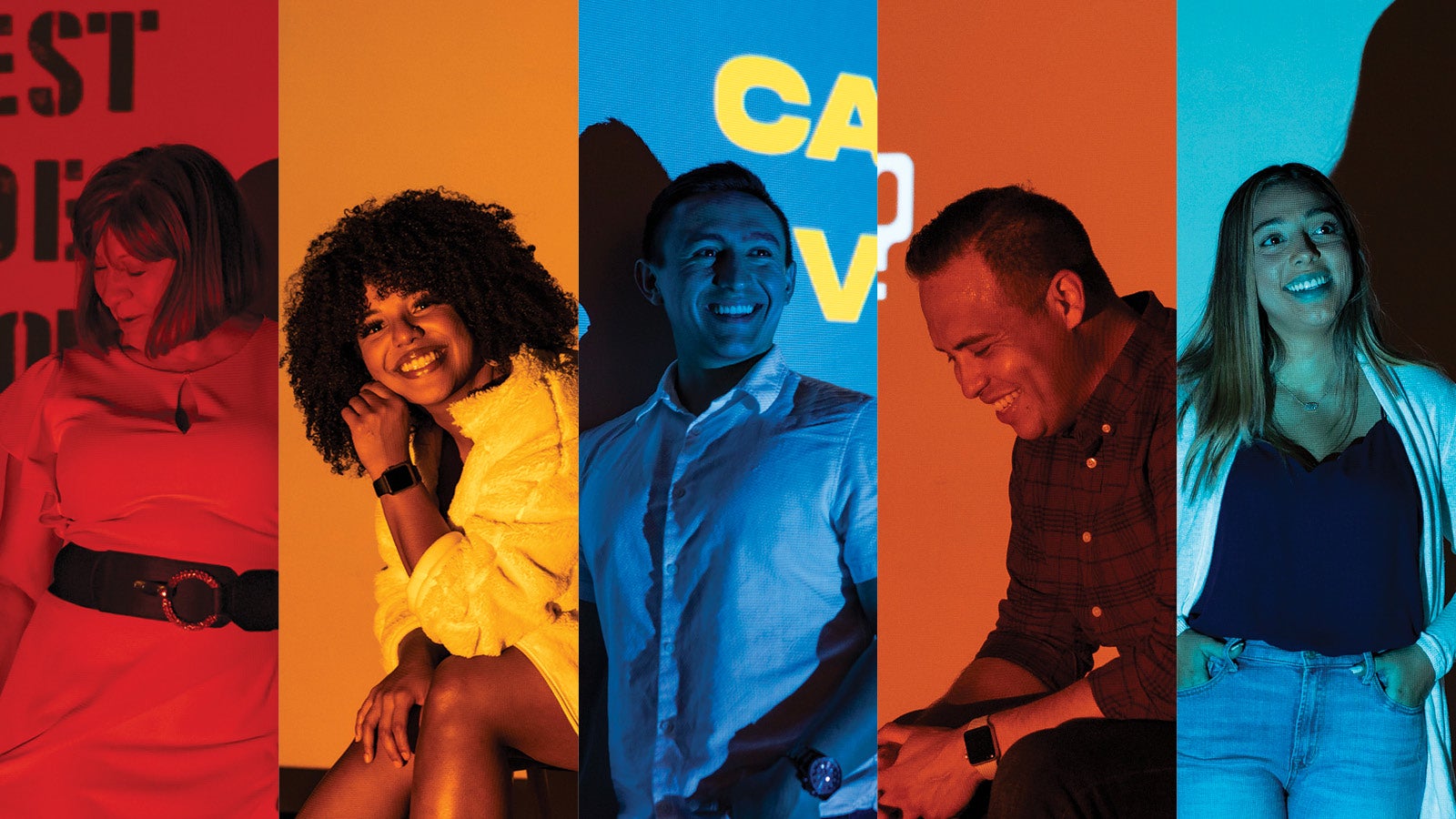
Celebrating Representation
Fall 2020 | By Nicole Dudenhoefer ’17
In 1968, Hispanic Heritage Week launched a cultural celebration that would expand 20 years later into Hispanic Heritage Month, which recognizes the contributions and influence of Hispanic Americans to the history, culture and achievements of the United States.
And while the occasion marks an especially important time to positively promote Latinx individuals and communities, the significance of representation is timeless and has the ability to shape lives across generations.
From books and music to TV shows and movies, five Knights share the people and works that inspired them to celebrate their identities, as well as their cultural pride.
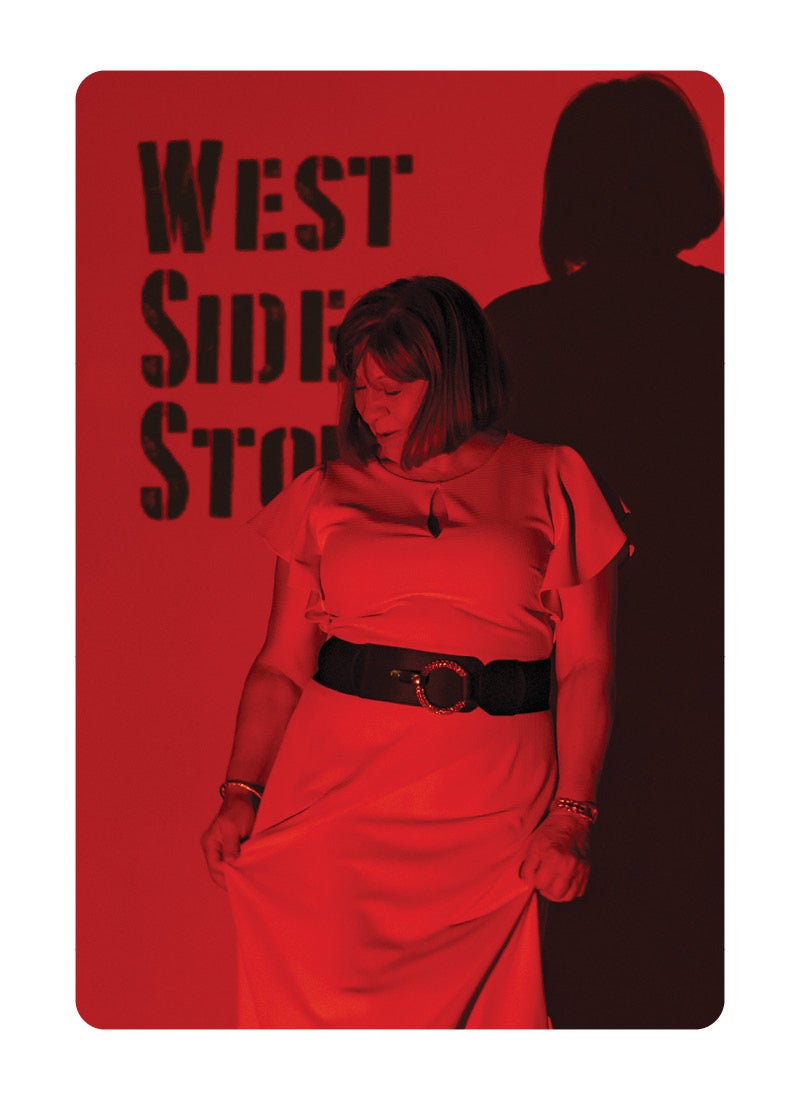
Linda Rosa-Lugo
- Associate dean of faculty excellence, graduate and global affairs
- Founder and director of UCF Listening Center at the UCF Communication Disorders Clinic
- Associate professor of communication sciences and disorders
The first time I saw West Side Story was the first time I saw someone on the silver screen who looked like me. I am a Puerto Rican baby boomer who grew up in Soundview, a housing project in the Bronx, New York.
Every summer my brother and I went to Puerto Rico to visit my grandparents, my dad, sister and brother, and our extended family on both sides. We enjoyed the beauty of our island, but I never had any Puerto Rican role models.
Then I saw Rita Moreno. Her character, Anita, brought our rich culture to life through singing, salsa dancing and her passion for family. In our neighborhood, I had been exposed to all those wonderful things by my mother — a dancer — and by our extended family.
West Side Story also told the story of the rivalry between two teenage street gangs, the Jets and the Sharks. To this day, their conflict reminds me of how much we have struggled. We still have a long way to go for people to see us, Puerto Ricans, as American citizens or the beauty of our diverse skin colors, the richness of our language and culture, or our contributions [to society].
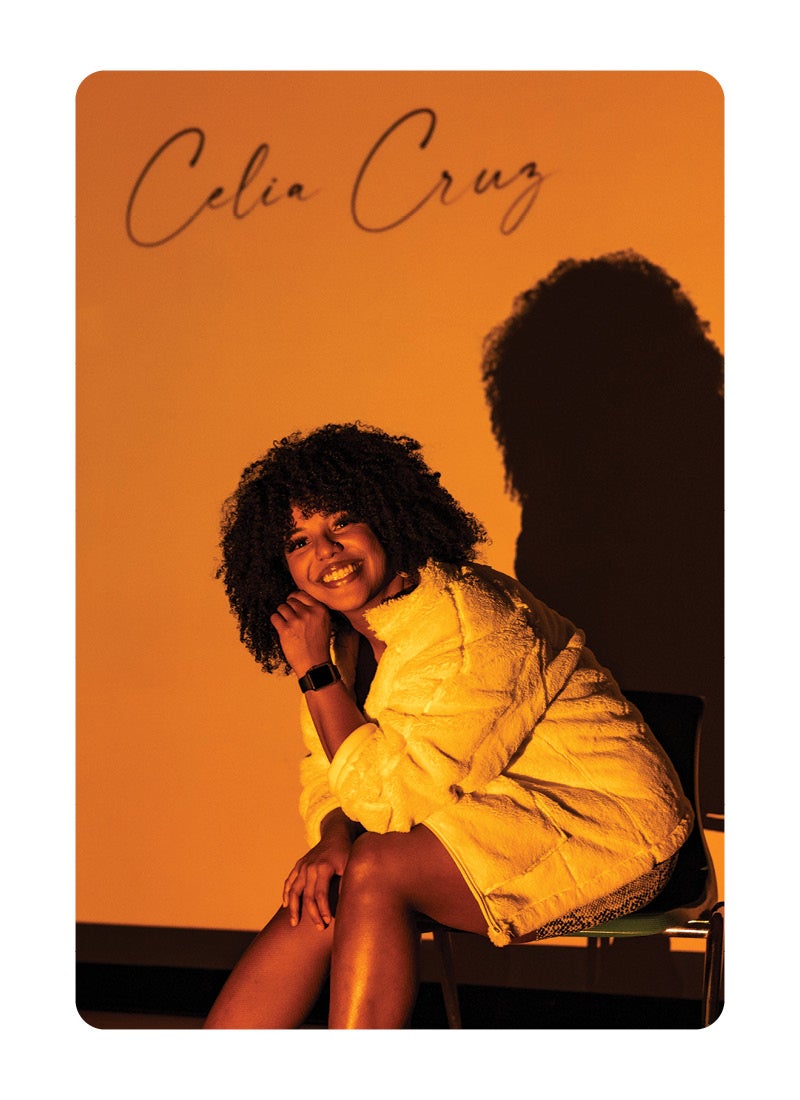
Geraldine Charles
- Biomedical sciences major and women’s and gender studies minor
- Alpha Xi Chapter of Chi Upsilon Sigma National Latin Sorority Inc. member
I’m Afro-Latinx, but it’s not because my Latinx side is rooted in African descent. It’s because I’m biracial: Nicaraguan and Haitian.
Growing up in the Latinx community, I didn’t encounter very many people who looked like me, and sometimes it was hard for me to feel accepted because of my darker complexion and my hair.
I was 7 or 8 when I saw the video for Celia Cruz’s “La Negra Tiene Tumbao” (“The Black Woman Has Style”). Just seeing her want and need to celebrate being a Latinx, dark-skinned woman was a very positive influence for me. We need to start having these conversations and celebrating the different hues and shades within the Latinx community. I would like to see cultures across the world embrace being Black and brown as a beautiful thing, so little boys and little girls can grow up feeling accepted and loved and stand proud.
I have been blessed to be immersed in different cultures. And being Latinx and Haitian, I’ve been able to see the world in a lot of different ways. It’s shown me that even though all of our struggles are different, we’re often struggling in the same ways.
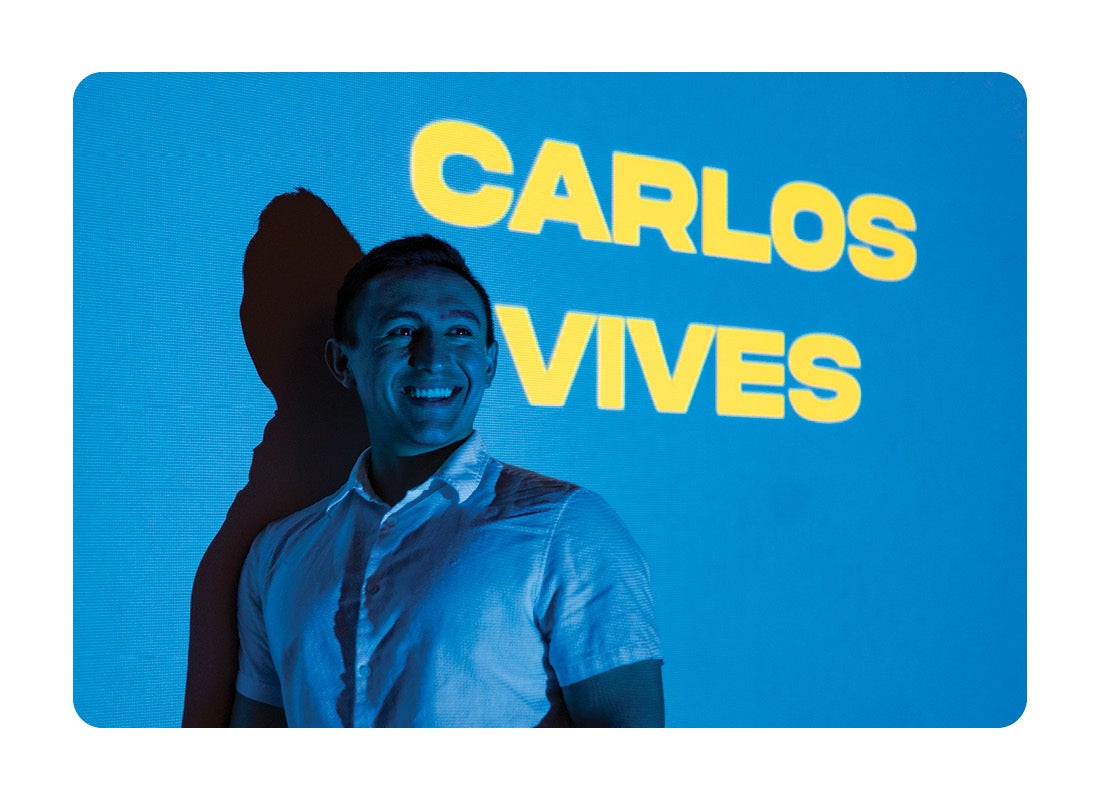
Sebastian Leon ’18
When I think about Colombian influential figures, musicians instantly come to mind, and one of my favorites is Carlos Vives. He is really known as the voice of Colombians. We listened to him a lot when we first moved to the United States and listening to him reminds me of being around family.
I was born in Bogota, Colombia, and my immediate family moved to Florida when I was 4, so my sister and I could have better opportunities.
My father was born in Los Angeles and moved back and forth between the U.S. and Colombia throughout his life, so he was pretty well adjusted. Moving to the U.S. was very different for my mom. In Colombia, she had degrees, her own business and was a professor in dentistry, but coming to the United States those accomplishments weren’t recognized, so it was a huge setback. It was a culture shock to start a new life without having the big support system of our extended family back in Colombia. Without my parents’ sacrifices, I wouldn’t have the privilege of earning my master’s right now, and their perseverance helps me to keep working toward my goals.
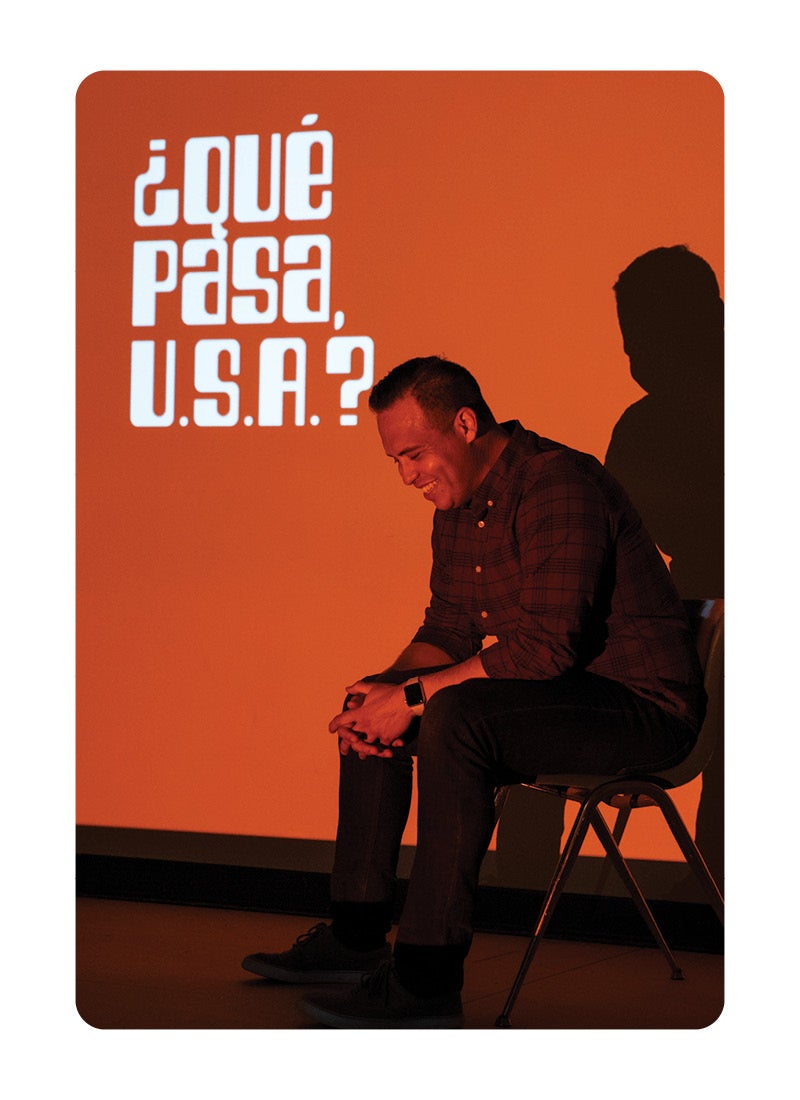
Justin Andrade ’10
- Assistant director of programming for the Office of Student Involvement
- President of the Pride Faculty and Staff Association
- Psychology graduate
I grew up with influences from Cuba, Mexico, Colombia and Panama, but I really identify as Cuban and Colombian/Panamanian.
When I was in fifth grade I started watching ¿Qué Pasa, U.S.A.?, which chronicled a Cuban family coming to Miami and experiencing American culture. It was actually the first American bilingual sitcom and the first time I got to really see myself on TV and hear things my abuela or abuelo would say. I related a lot to the daughter, Carmen, who was always kind of torn between wanting to understand American culture, but her family was always like, “No, you’re Cuban. You have to remember that you’re Cuban.”
In college, I did a lot of identity exploration and I was trying to understand how I fit into this American makeup of what being Latinx is or what being American looks like. As I’ve gotten older, I’ve realized that I don’t need to compromise any of my identities to fit into any kind of mold of what it means to be American, Latinx, or even Latinx and gay. For me, it’s really important that I talk about both, and that they’re not exclusive — they’re intersected — because I’m just as proud of being gay as I am of being Cuban, Mexican and Colombian/ Panamanian.
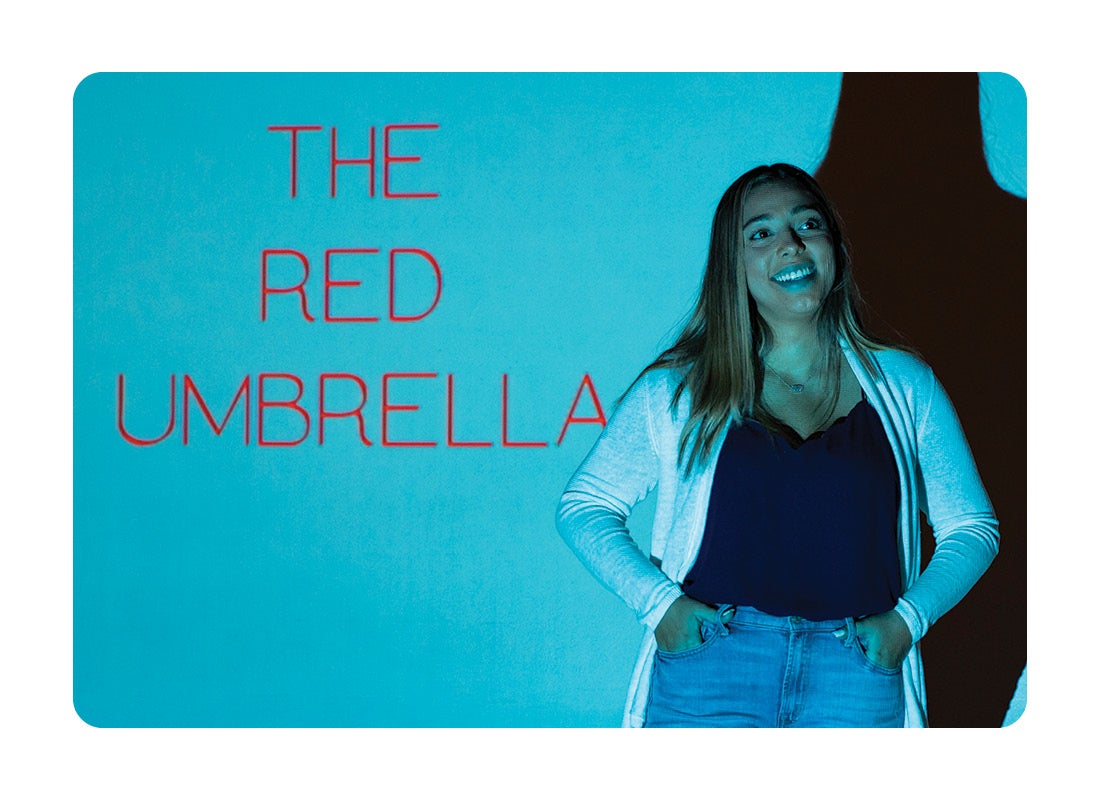
Sabrina La Rosa
- Student Government president
- Political science major with minors in public administration and Spanish
One of my favorite books is The Red Umbrella, which is about the Operation Peter Pan flights in the ’60s when 14,000 children flew from Cuba to Miami and then moved to places across the United States to escape Fidel Castro’s rise to power.
I get chills just thinking about it because these are real stories that happened to people — this story happened to the author’s grandmother — and it beautifully embodies the struggles and perseverance of the Cuban people.
My family left Cuba about 60 years ago, and they lost everything. It’s taught me a lot about appreciating what you have and going for what you want, which is part of why I ran for student body president. … Vice President Stephanie Blanco and I didn’t set out to be the first all-female and all-Latina ticket — we didn’t really have anyone to look up to, but we didn’t let that stop us. It’s a huge honor to know that Latinas and other women can see us and know they can do it too.
Despite the hardships that many Cubans have faced, Cubans are known to be fun, laughing, happy people with an immense pride in their culture. The vibrancy and beauty that Miami is known for is largely influenced by the many Cubans who came there to rebuild. I think that’s a testament to the strength and positivity that Cubans carry with them, no matter where they are.